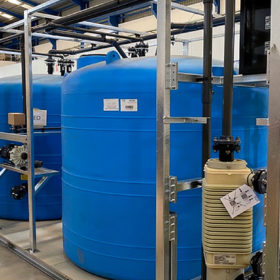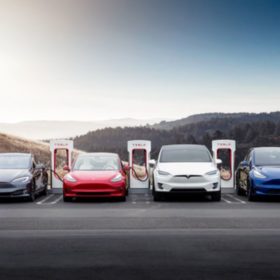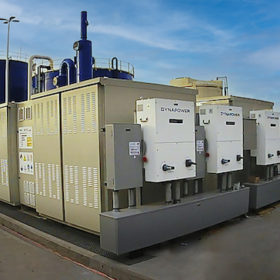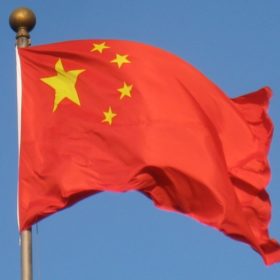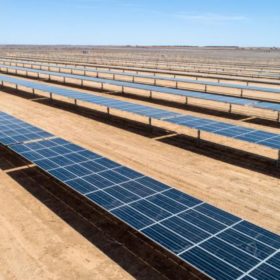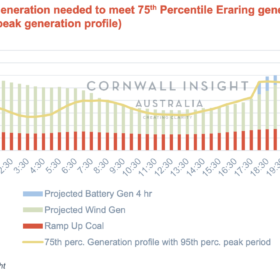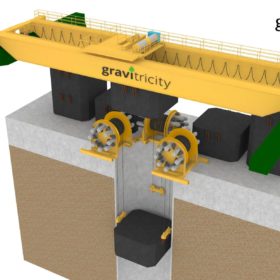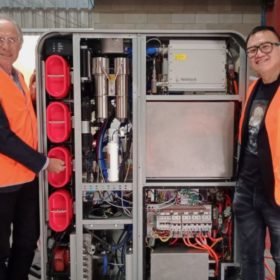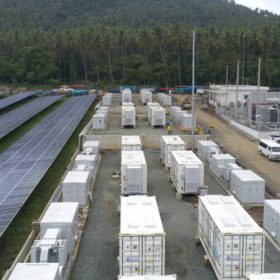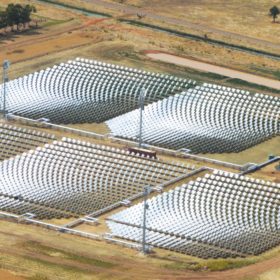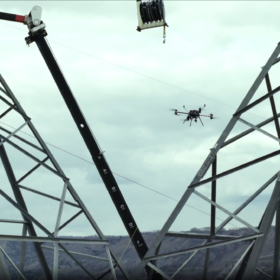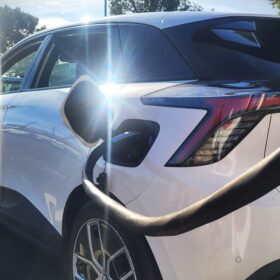Hybridising PV, redox flow batteries and geothermal heat pumps
A Spanish consortium is equipping one of Madrid’s largest metro and bus stations with a hybrid system that combines PV, geothermal pumps, and vanadium redox flow batteries to provide cooling and heating.
Australia’s Core Lithium signs four-year supply deal with Tesla
With the global demand for lithium accelerating, Australian miner Core Lithium has inked a deal to supply United States-based electric vehicle and battery maker Tesla with up to 110,000 tonnes of lithium spodumene concentrate.
Redflow’s redox flow batteries to be assessed by Underwriters Laboratories
Underwriters Laboratories, a US non-profit standards development organisation, will carry out research into the operating and safety profile of Queensland company Redflow’s redox flow batteries under nominal and off-nominal conditions.
Chinese state grid unveils plans for 100GW battery fleet
China’s largest state-owned grid operator and power utility plans to deploy the world’s biggest battery fleet and almost quadruple its pumped hydro storage by 2030, thus supporting the nation’s switch to renewable energy sources.
Forrest declares work to begin immediately on 1.2GW green energy hub in Queensland
Construction is set to commence immediately on the first stage of a 1.2GW hybrid wind, solar and battery energy storage project in Central Queensland following Australian iron ore magnate Andrew Forrest’s announcement that he has invested $3 billion in the ‘shovel ready’ development.
“I’m an All-Pro [coal plant]… You’ll never be more than a replacement player!”
The potential early retirement of Eraring has been the talk of the market the past week. Many of our customers have been asking what the impacts of the retirement might be on the acceleration or development of new renewable capacity in NSW and potential storage projects. In this Chart of the week, we look at the effect of the lost generation from Eraring and how that capacity might be filled.
Gravitricity to build 4 MWh gravity-based storage facility
British start-up Gravitricity secured funds from the UK Department of Business Energy & Industrial Strategy (BEIS) to build its second gravity-based storage project. The feasibility study is expected to be finalised by the end of this year.
Australian hydrogen battery technology to be tested in UK
Australian technology company Lavo’s innovative energy storage system – based on storing green hydrogen in a patented metal hydride – has attracted the attention of the UK government which has provided financial backing to allow for a demonstration facility to be installed in England’s northwest.
Philippines’ largest battery comes online at 120MW solar park
The 40MW/60MWh Alaminos Energy Storage system is now connected to the 120MW Alaminos solar park. Both facilities were built by renewable energy developer AC Energy.
Australian solar thermal company shortlisted as global ‘pioneer’
Australian concentrated solar thermal power company Vast Solar has been shortlisted as a finalist for BNEF’s Pioneers 2022 program.
